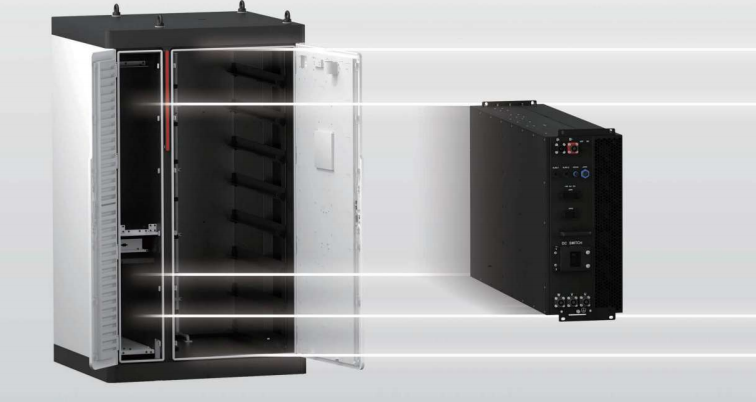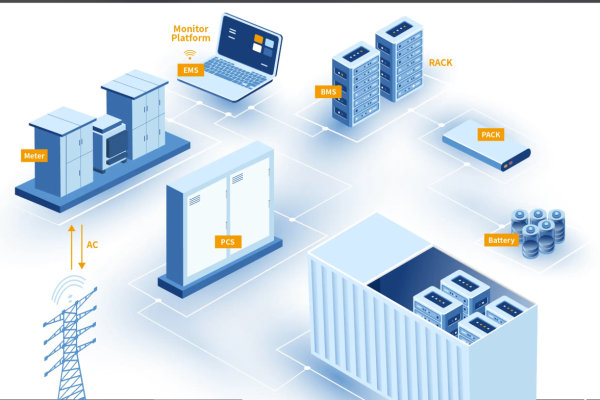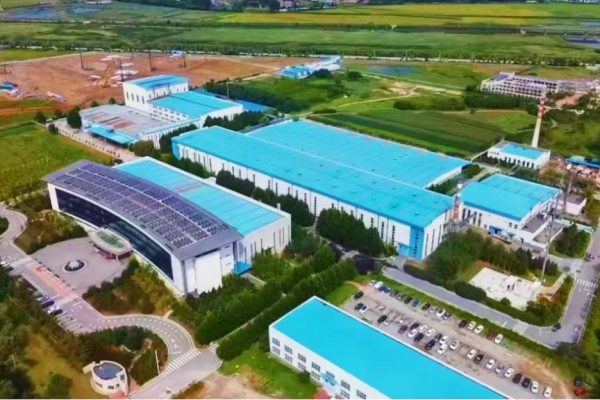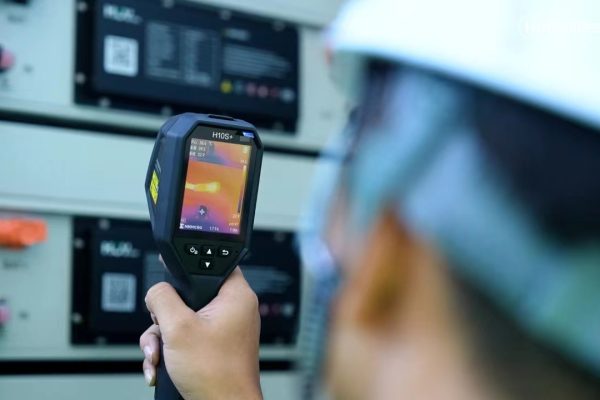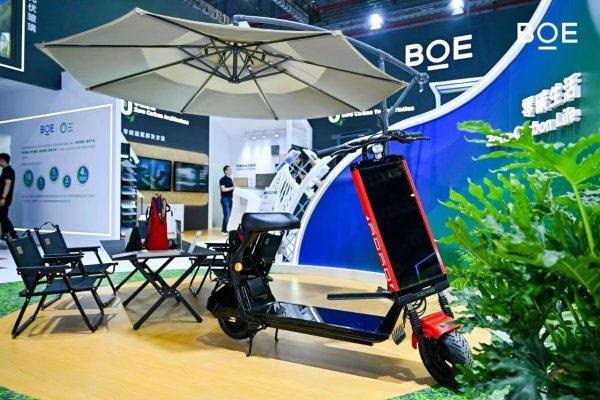Why Bundled Solutions Win in the Small-Scale Energy Market
1. Introduction: The Shift Towards Bundled Energy Solutions
As the global energy transition accelerates, demand for solar-plus-storage systems is growing rapidly—especially in small-scale residential and commercial applications. But while the market expands, many customers—particularly small EPCs, installers, and project owners—still face serious challenges:
- Too many fragmented components
- Compatibility risks between brands
- Longer procurement and installation cycles
- Lack of technical support during integration
This is where all-in-one solar + storage kits offer a compelling solution. These kits bundle solar panels, hybrid inverters, batteries, mounting systems, and accessories into a pre-designed, interoperable system that’s easy to ship, install, and commission.
2. What Is an All-in-One Solar + Storage Kit?
A typical all-in-one PV+ESS kit includes:
| Component | Typical Specification |
|---|---|
| PV Modules | 3–12 panels (1.5–6 kWp total) |
| Hybrid Inverter | 3–10 kW single/three-phase |
| Battery Pack | 5–20 kWh LFP modular battery |
| Mounting Structure | Roof/ground rail kits |
| Connection Materials | Cables, connectors, breakers, junction boxes |
| Monitoring System | App/cloud platform for system monitoring |
These are often pre-engineered and tested, ready for plug-and-play deployment with basic electrical training.
3. Key Advantages for Small EPCs and Installers
✅ 1. Simplified Procurement
Instead of purchasing components from five or more vendors, your client can now order one kit. This reduces:
- Time spent comparing specs
- Risk of delivery delays
- Incompatibility headaches
✅ 2. Faster Installation & Commissioning
With predefined configurations and factory-tested communication between inverter and battery, the installation can be:
- 30–50% faster
- Fewer wiring and configuration errors
- Easier for teams without advanced technical background
✅ 3. Lower Support & Maintenance Burden
- Single vendor accountability
- Unified monitoring platform
- Remote support possible via bundled EMS or apps
🔧 Example: Instead of managing 3 different apps (inverter, battery, solar), a kit offers 1 app with unified monitoring.
4. Advantages for Export-Focused Distributors and Foreign Trade Partners
🌍 1. Easier International Sales
All-in-one kits help technical trade partners:
- Package solutions by application, not just products
- Minimize confusion for overseas customers unfamiliar with system design
- Compete with large-scale brands via flexibility and faster service
🚚 “We ship kits pre-packed in 20ft containers, labeled and categorized for 5kW residential systems. The local EPC just opens the crate and installs.”
📦 2. Scalable Warehousing and Supply Chain
With fixed SKUs (e.g., 5kW/10kWh kits), inventory planning becomes easier:
- Predictable demand forecasting
- Less warehousing complexity
- Faster container consolidation for export
🔄 3. More Value-Added Services
- Offer SLDs, commissioning guides, and remote walkthroughs
- Bundle monitoring and alert systems (email/SMS)
- Upsell with optional add-ons: EV chargers, smart meters, weather sensors
5. Use Cases Where Bundled Kits Shine
| Application | Kit Type | Key Benefit |
|---|---|---|
| Rural Homes (off-grid) | 3–5 kW + 10 kWh | Easy to deploy, low maintenance |
| Urban Homes (self-use) | 5–6 kW + 10–15 kWh | Load shifting, solar self-use |
| Small Shops & Clinics | 5–10 kW + 10–20 kWh | Backup + peak shaving |
| Micro-schools & Community Grids | 10–15 kW + 20–30 kWh | Centralized power, scalable |
6. Common Misconceptions and Buyer Concerns
❌ “I prefer choosing each component myself.”
🔄 Reality: Most small installers lack the time or tools to match batteries, inverters, and EMS systems efficiently. Kits do this upfront—based on engineering validation.
❌ “What if my local grid is unstable?”
✅ All-in-one kits can be designed for off-grid, on-grid with backup, or hybrid modes. Many vendors offer programmable settings.
❌ “Are all kits the same?”
🧠 Not at all. Good suppliers offer:
- Multiple capacity options (3–20 kW, 5–40 kWh)
- LFP batteries with known cell brands
- Certified inverters with IEC/UL/CE
7. Marketing Benefits: Easier to Sell a “System” Than a Product
For international sales reps or technical foreign trade partners, selling a system kit is:
- More attractive to customers who lack deep technical knowledge
- More trust-building, because the vendor has already done the integration work
- Easier to price transparently (ex: “$8,900 for a 5kW/10kWh grid-tied kit with 25-year solar warranty”)
💡 Pro Tip: Add downloadable spec sheets, user manuals, and case photos to your kit offers online for better conversion.
Suggested Blog Titles to Link Internally:
- How to Match a Battery Pack with a Hybrid Inverter
- Designing a Home Energy Storage System for Daily Cycling
- Typical Configurations for Residential PV + Storage Systems
8. Summary: Why Kits Represent the Future
Offering solar + storage kits gives foreign trade companies a strategic edge:
- Solve real problems for real installers
- Reduce technical errors and support costs
- Speed up project cycles
- Build customer loyalty through smart packaging
✅ Final Tip for Export Sellers
If you’re working with modular suppliers (batteries, inverters, panels) and can:
- Ensure protocol compatibility (e.g., CAN/RS485 match)
- Offer tiered options (5kW/10kWh, 10kW/20kWh, etc.)
- Provide clear manuals and after-sales training
Then you’re ready to position yourself as a technical solution provider, not just a product trader.





